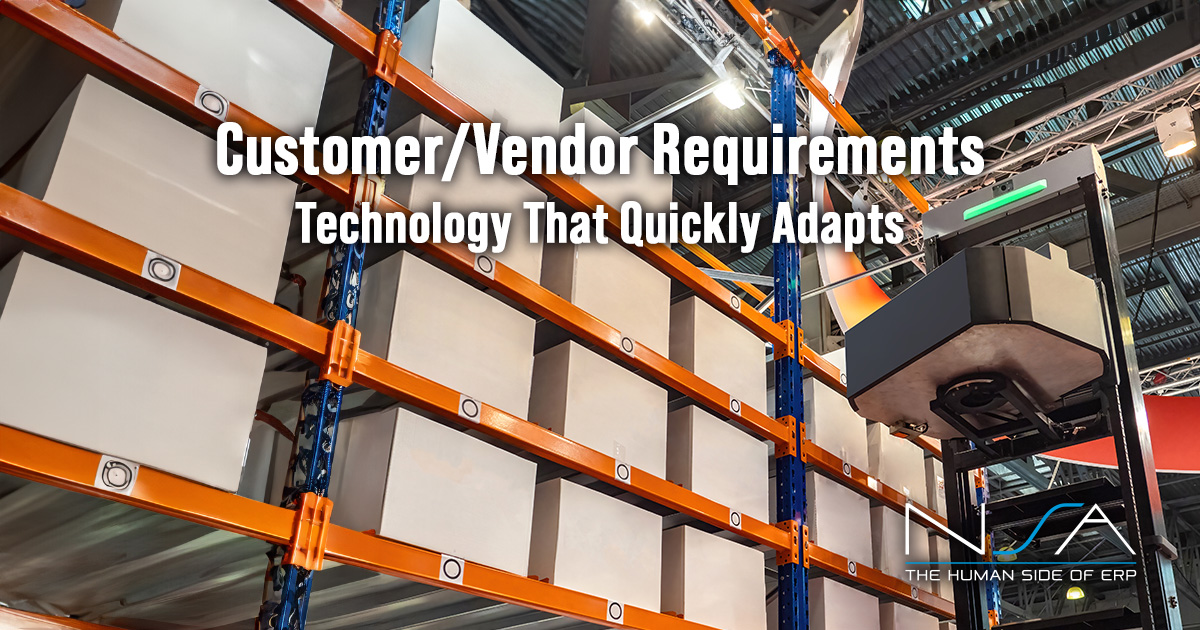When making the decision to purchase a new ERP system, its best to execute and apply as many analytic metrics tests as possible. Not only do you want to ensure that every ERP metric tool is ready for deployment, but you also want to prove to your management team that your new ERP proposal is a warranted business proposition.
Here are 5 ERP metrics that will make your purchase argument stronger:
1. Reduce Production Efficiencies
When a company is experiencing lost time at the production level, it can mean two things: either you have an error in your baseline metrics, or you’re simply over-running your system’s current capabilities. While this characteristic alone shouldn’t be seen as the solution, when applied with other similar negative measures, it can become a useful justification to purchase a new system.
2. Creeping Slowdowns in Operational Cycles
Similar to reduced production efficiencies, this metric suggests reduced operational viability. When attempting to establish a foundation for the new ERP system purchase, this bit of analytic investigation can serve as just another piece of persuasive “bad news.”
3. Irregular or Intermittent Business Forecasts
This ERP performance metric represents a weakening in the system’s ability to both develop and properly account for its total number of data channels. This metric, too, when in concert with other performance calculations, can suggest that the current system in use is reaching the end of its useful life cycle, making the purchase of a new ERP system necessary.
4. Largely Unnoticed Schedule Slips
The majority of ERP systems apply a policy-based process to establish baseline production schedules. If your current system is spontaneously slipping the established schedules, or if your expected schedule elements are irregular, this may be an indication that the system is overloaded or maximized at a data processing level. This is another strong argument that a new system purchase is necessary.
5. Indirect Cost Spirals
Most ERP systems operate based on cost alerts that work to keep managers and production operators within budget. If your current system begins to calculate with even the slightest errors, it is a clear indication that your current ERP performance metrics may be beyond the system’s abilities. In this situation, a new ERP system is needed sooner rather than later.
When convincing management that a new system is necessary, it’s best to offer as much information and metric analysis as possible. Should you need help running these metric tests on your current system, or if you’ve already established the need for a new ERP system, NSA should be your next call. Our experienced team has a number of tools and strategies to test your existing ERP system and we can offer advice on when to purchase a new system and set you up with the perfect ERP system to ensure continued success for your company.



